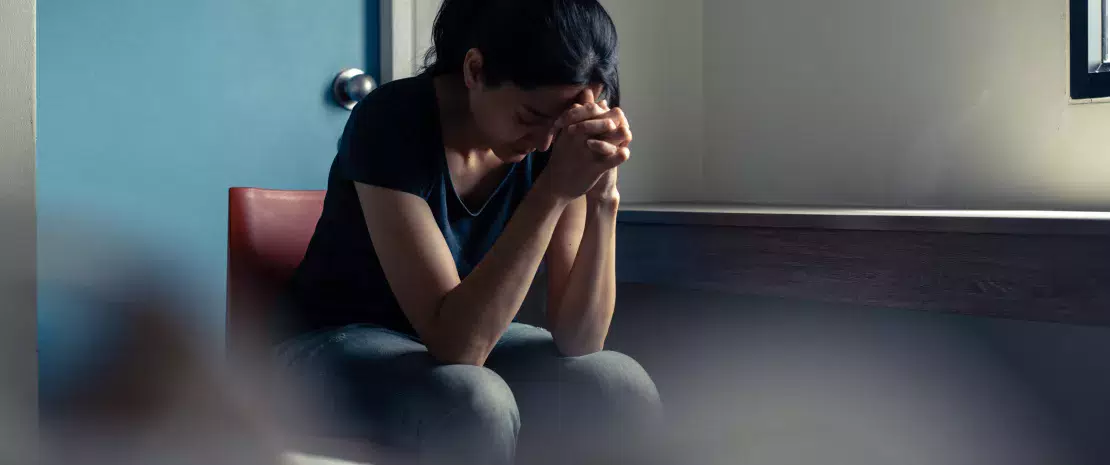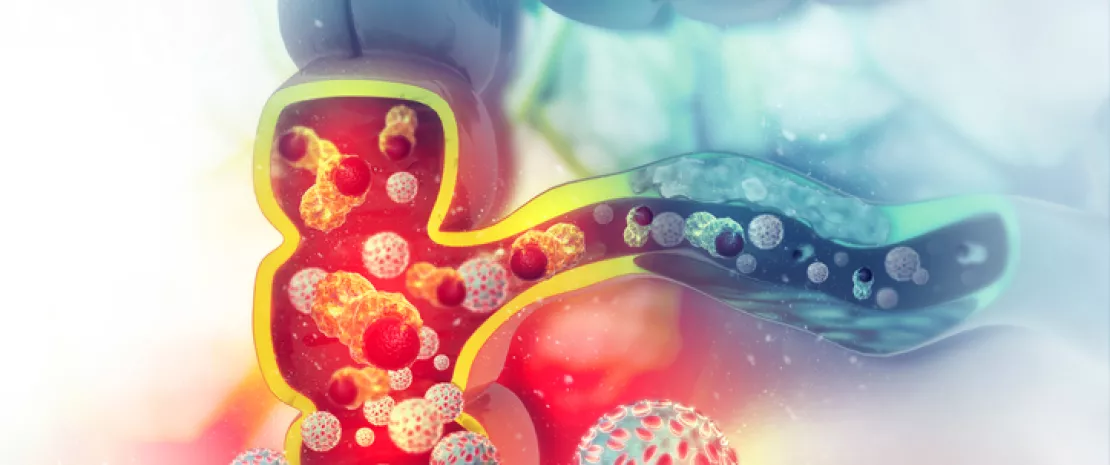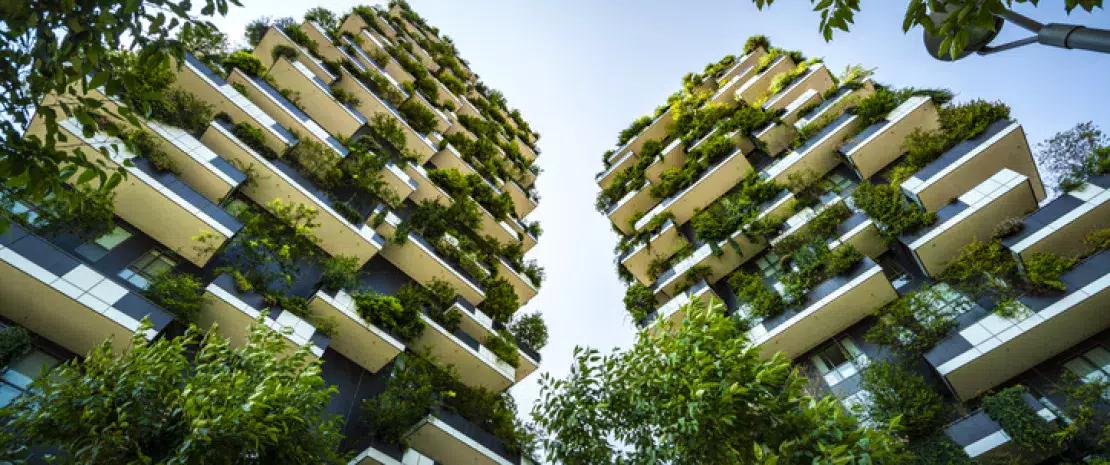Nowadays, more than half the population lives in cities, and this proportion should exceed two-thirds by 2050. Massive urbanization leads to lifestyle changes in several areas: diet, housing architecture (use of more industrial and less natural materials), lesser exposure to the outside environment, to animals or parasites... Simultaneously, the frequency of metabolic and autoimmune disease has soared while the diversity of the human microbiota has dropped. Is there a causal link between the two?
From the jungle village to the big city
Based on this hypothesis, an American team tried to measure the impact of urbanization on the microbial composition (mainly yeasts and bacteria) on dwellings and its occupants. Their study focused on four sites in Brazil, with 4 different levels of urbanization, ranged from lowest to highest: Checherta, a village in the middle of the jungle; Puerto Almendra, a rural village; Iquitos, a town; and Manaus, a large city. The analysis of chemicals and microorganisms found on the homes’ walls, floors, beds, tables, and the analysis of the microbiotas (skin, nose, mouth, gut) of the owners and their pets allowed the researchers to demonstrate that microbial profiles were very diverse from site to site.
Very diverse microbial profiles
In cities, dwellings are characterized by the presence of chemical substances derived from drugs, detergents and shower gels, reflecting urban habits. They also contain more yeasts, probably because of the favorable conditions for their development (heating, less natural light, higher CO2 rates) and their lower sensitivity to antimicrobial agents. There are more bacteria of cutaneous origin and less environmental microorganisms. As for people, urbanization as well as rising living standards lead to a decrease in microorganism diversity. According to the authors, all these results shed light on the functional links between lifestyle, microbiota and health. In conclusion, our microbiota and our homes would benefit from a higher exposure to microbes from the outside environment and to materials of natural origin.

 MICROREVEAL no. 2: A closer look at intestinal microbiota
MICROREVEAL no. 2: A closer look at intestinal microbiota














